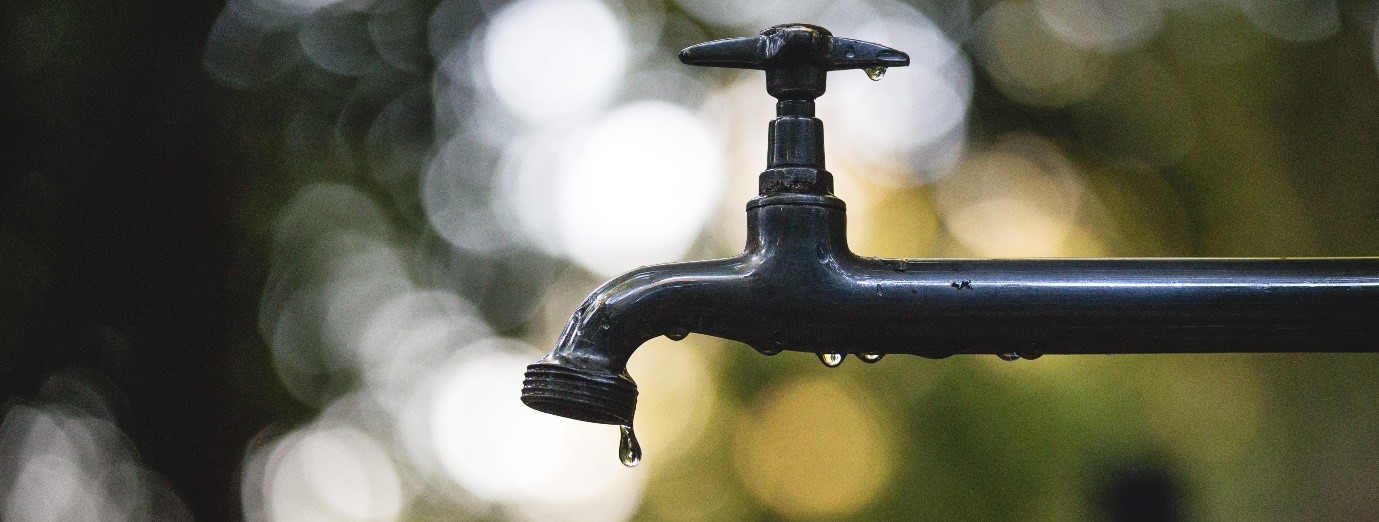Please click here to access the main AHDB website and other sectors.
Money down the drain?
Thursday, 15 October 2020
We all appreciate the importance of water, but we often take it for granted. It’s easy to turn on the tap and there it is, seemingly in abundance. The UK is fairly water efficient, domestically using on average 150 litres of water per person per day, less than a third of the consumption of the average Australian or American. But this figure only accounts for what is used in the home/office, not what is required to produce material goods or our food.
Reading recently about Low Carbon Farming’s latest project got me thinking. The 16Ha hydroponic glasshouse development in East Anglia will use waste heat from the neighbouring water treatment plant and could supply 10% of the UK’s demand for tomatoes. That’s certainly a lot of tomatoes, but how much water is needed?
The amount of water required to produce 1 kg of fresh tomatoes varies greatly depending on climate and growing method (i.e. open field/glasshouse, heated or not, growing medium). Figures reported by van Kooten et al. in 2008 for Dutch glasshouses with advanced control and an open irrigation system indicated water use of 22 litres/kg. This reduced to 15 litres/kg when using a closed hydroponic system, a saving nearly of nearly a third. However, it does not have to stop there, according to the research, water use in a completely closed greenhouse can be reduced to just 4 litres/kg.
So, what’s that worth to someone with, say, 16Ha of glass? Let’s suppose the closed setup saves 10 litres/kg and yields 50 kg/m2; that’s 500 litres/m2. For 16Ha, that is a potential annual water saving of 80,000 m3, which could be worth in the region of £100,000. The benefits of a closed greenhouse don’t end there, with energy efficiency being another big one, but on the basis of water alone, the financial saving could make it an option worth considering.
Author: Ed Hardy, NFU Energy


